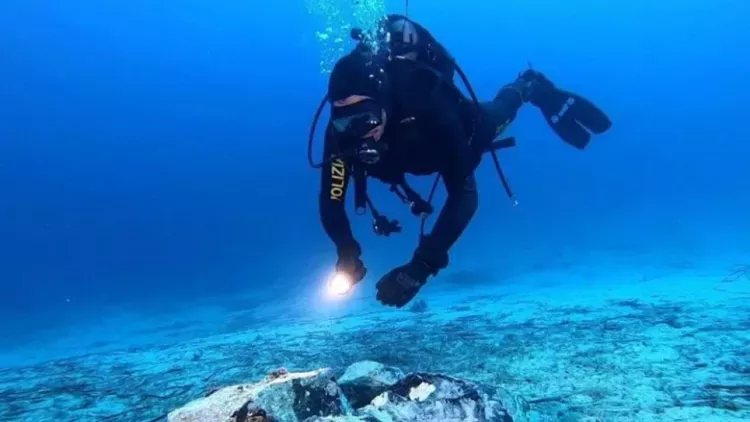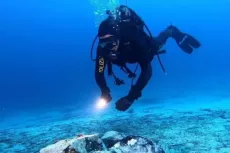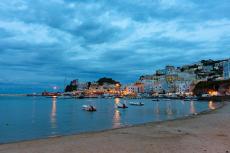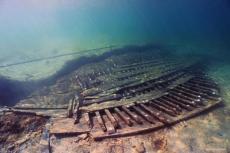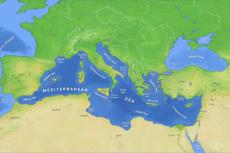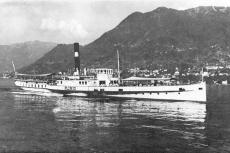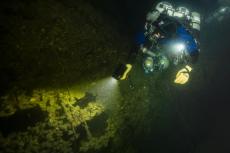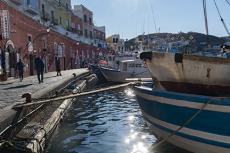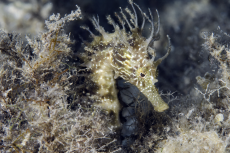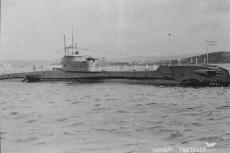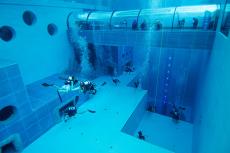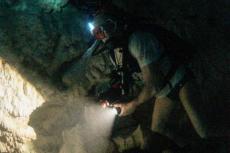Discovery of a potential Neolithic shipwreck off Italy’s coast
Underwater archaeologists have recovered obsidian cores from what is believed to be a Neolithic shipwreck, potentially one of the oldest maritime discoveries.
The discovery was made near Capri’s famous Blue Grotto, a site historically used as a private bath by Roman emperors. Divers from the Naples Police Headquarters’ underwater unit located the wreck, which contained obsidian core material at a depth of around 40m. One of the cores, showing clear traces of chiselling and carving, measures approximately 28 x 20 x 15 cm and weighs almost 8kg.
Little is known about Neolithic Capri, but archaeological evidence indicates human presence on the island during this period and the Bronze Age. The obsidian cores suggest a connection to ancient trade routes, as obsidian was a valuable material in prehistoric times.
Caution
While the find has been hailed as potentially groundbreaking, some experts urge caution. The term “Neolithic shipwreck” is speculative at this stage, with no concrete evidence confirming the wreck’s age. The discovery could represent a cargo from a Neolithic vessel, but alternative theories suggest it might be an isolated case of jettison during a storm or even a ritual offering.
Future research
The National Superintendency of Underwater Cultural Heritage plans further recovery operations in collaboration with the Superintendency of the Metropolitan Area of Naples. These efforts aim to provide a more in-depth investigation of the island’s prehistoric occupation and ancient Mediterranean maritime activities.
The potential Neolithic shipwreck off Capri offers a tantalising glimpse into ancient maritime history. While the true nature and age of the wreck remain to be confirmed, this discovery opens new avenues for understanding early seafaring and trade in the Mediterranean.
Fact file
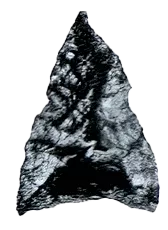
Obsidian, a dense black volcanic glass that forms when lava cools, breaks into fragments with sharp edges, making it ideal for creating cutting and piercing tools in ancient times.
Although the exact source of this particular obsidian has not been identified, there are known deposits of obsidian on volcanic islands in the Mediterranean, such as Palmarola near Naples and Lipari close to Sicily.


